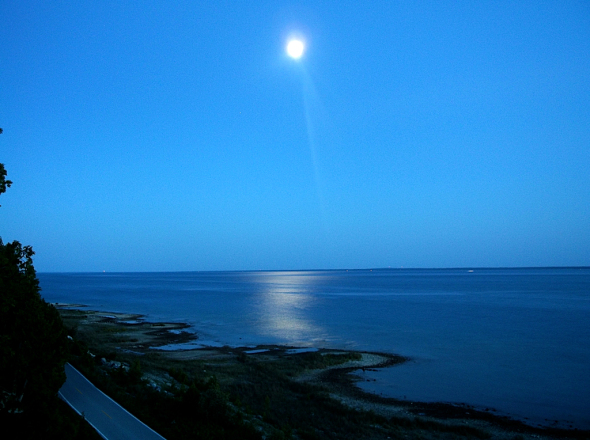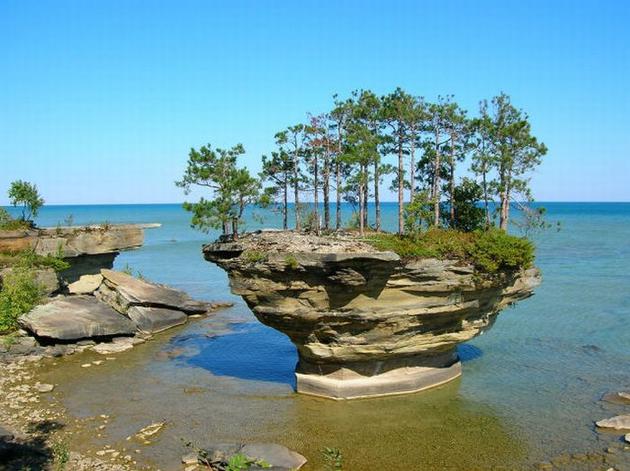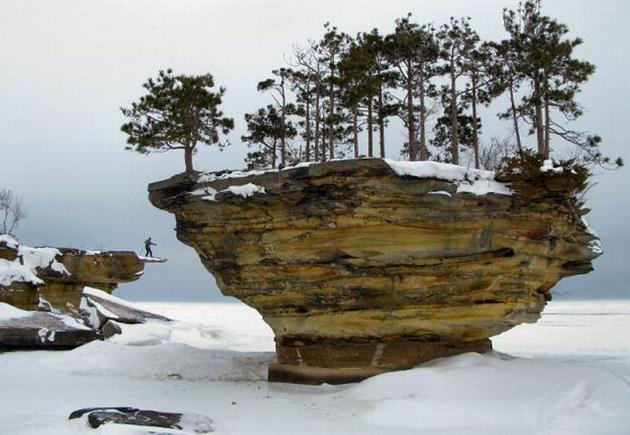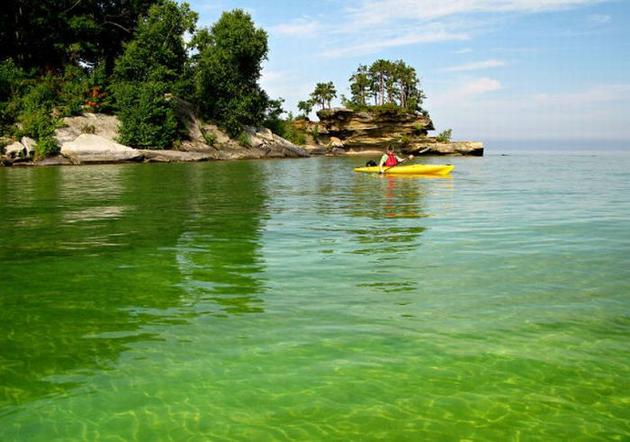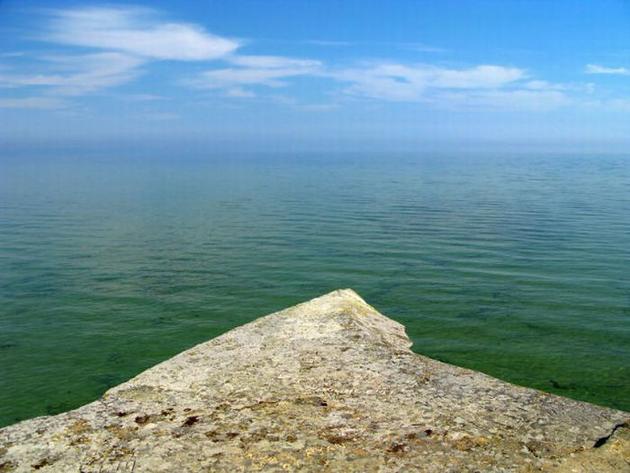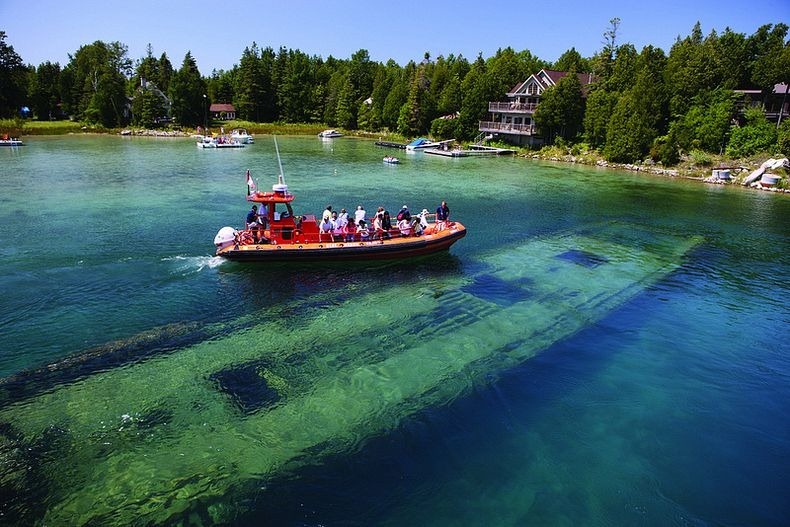/ month
placeholder text
Post List
Editor's Picks
Thridrangar Lighthouse – Most isolated lighthouse in the world
Thridrangar Lighthouse (Þrídrangaviti Lighthouse) is known as the most...
Remarkable Show of Northern Lights in Iceland
Here some tourists have taken incredible photos displaying the...
The Blood Moon – A Thrilling Event of Lunar Eclipse
On April 15, 2014, people around the world saw...
Which Physical Benefits Do You Get When Swimming In Cold Water
Swimming in cold water has a variety of physical...
El Caminito del Rey Path – Most Dangerous Foothpath in Spain
El Caminito del Rey Path - The world’s most...
Terraces of the Bahá’í Faith, Isarel
The Terraces of the Bahá'í Faith, are garden terraces...
Miniature Origami Cranes Turned into Incredible Bonsai Trees
Japanese Artists Used 1000s Of Miniature Origami Cranes Turned...
Don't Miss
James Holman – A British Blind Traveler
Travel and exploration history have been enriched by the...
Stelvio Pass – Most Spectacular Zigzag Path in The World
The Stelvio Pass is located in the Ortler Alps...
The Benefits of Gotu Kola Herb
The benefits of Gotu Kola herb (Hydrocotyle asiatica) include...
Salt Pan of Devil’s Golf Course of Death Valley
The Devil's Golf Course is a huge salt pan...
Creative Suspended Tent Means You Can Sleep in the Trees
Creative Suspended Tent Means You Can Sleep in the...
Incan Girl Who Had Been Frozen For 500 Years
Incan Girl Who Had Been Frozen For 500 Years...
Turquoise Parrot (Neophema pulchella)
Description: Turquoise Parrot (Neophema pulchella) was once widespread as...
Charismatic Planet © 2024 . All Rights Reserved.

